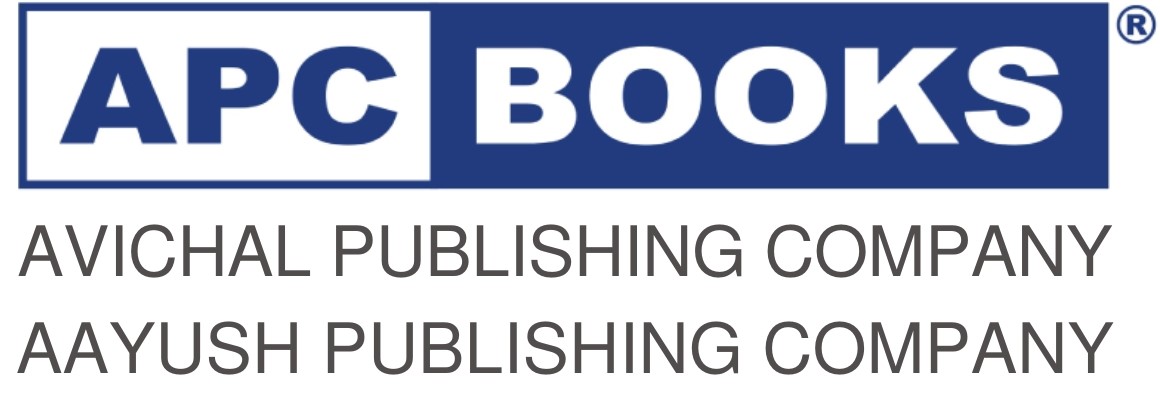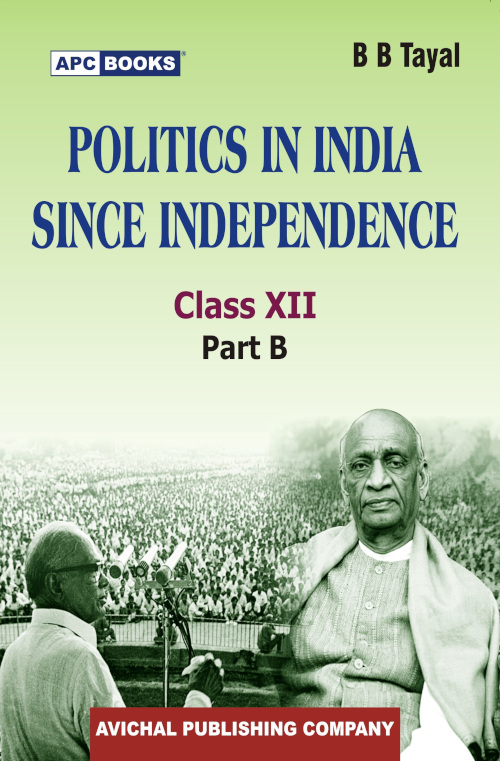About the book
This Edition of the books is a thorough going re-evaluation of major events and ideologies having a bearing on Politics in India Since Independence.
- Chapter 1. contains a detailed analysis of Sardar Valllabhbhai Patel’s vision and Nehru’ approach to the task of nation-building. ‘Manschester Guardian’ (a British Newspaper ) rightly said, “the same man is seldom seldom successful as rebel (fighter for freedom) and statesman (architect of the new state). Sardar Patel was the exception.”
- Chapter 2 looks at the changing nature of India’s economic development. Jawaharlal Nehru had openly admitted that he was a ‘Scientist’, but Sarder Patel, Dr. Rajendra Prasad, C. Rajagopalachari and others were champions of Pragmatic Economics. Sardar Patel said, “it is easy to take over any industry we want to, but we do not have the resources to run them, not enough experienced men, not enough men of expertise and integrity.” And therefore, India chose to have a Mixed Economy. It was in 1991 that the Government announce a New Industrial Policy. In 2015 there came into existence the NITI Aayog (The National Institution for Transforming India).
- Chapter 3 dwells on principles of Foreign Policy and India’s changing relations with a few major powers, as well as with a few of her neighbours. Joe Biden was sworn in as President of USA on 20 January, 2021. No Administration in USA can afford to ignore India for more than one reason. India is a “gigantic nation” and has a “strategic geographical location”. It is both in India’s and America’s interest to call a halt to “China’s Expansionist Policies.” It was surprising that diplomatic relations between India and Isreal were established too late in 1992. Prime Minister Narendra Modi visited Myanmar in 2017. Unfortunately for Myanmar, the Military there seized power in a coup on February 1, 2021 and detained democratically elected leader Aung San Suu Kyi. India expressed deep concern at this development and called for restoration of democracy.
- Chapter 4 examines concentrates on what are termed the “Congress System”, the ‘Bi-Party System” and the ‘Multi-Party Coalition System’. “Indian democracy was never so close to a two-party system”, according to David Butler, Lahiri, Prannoy Roy and Partha Chatterjee, “as it was during the 1977 elections”. However, the next few years saw a complete change. Soon after its defeat, the Indian National Congress split into two groups… The Janata Party also went through major convulsions.” The 1977 General Elections, however did affect the ‘Party System’ in India in ways more than one. Now all parties appeared to pursue pro-poor programme.
- Chapter 5 presents a framework which will allow students to understand the significance of ‘Democratic Resurgence’ in India: JP’s Total Revolution, Ram Manohar Lohia’s Socialism and Deendayal Upadhyaya’s Integral Humanism. Pandit Deendayal’s Integral Humanism was based on three supreme principles- (1) Primacy of the Whole, not Part, (2)Supremacy of Dharma, which in Indian Philosophy has never been synonymous with religion, and (3) Autonomy of Society. National Emergency in India (1975-1977) showed both the weaknesses and strength of Indian democracy.
- Chapter 6 concentrates on the ‘Inputs’ of the political system: the impact of Social Movements in India, especially the Farmers’ Movenments, armed struggle by peasants in Telangana, the Naxalbari region and other parts of the country, Workers’ Movements, Women’s Movements and Ecological Movements, such as the Chipko Movement and Narmada Bachao Aandolan.
About the author
Testimonials




Reviews